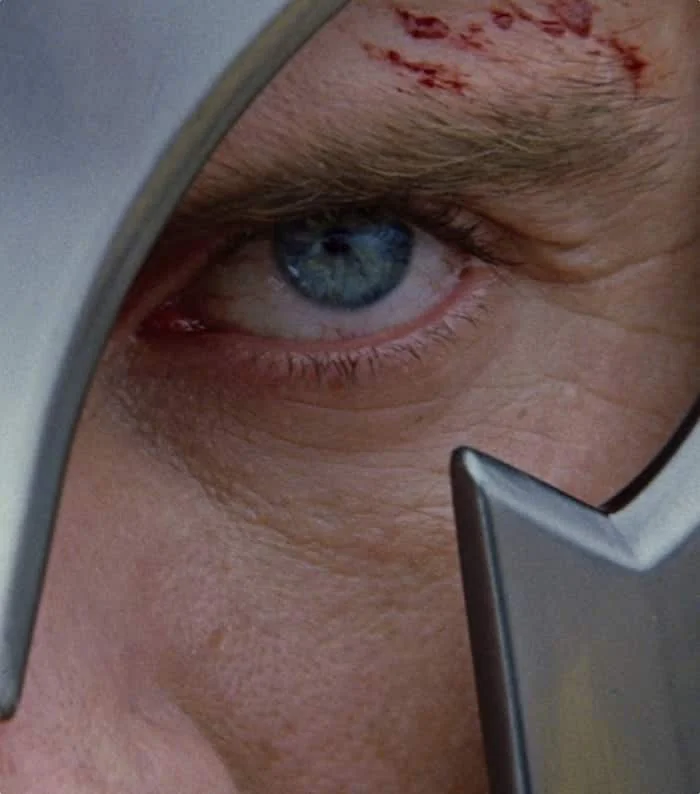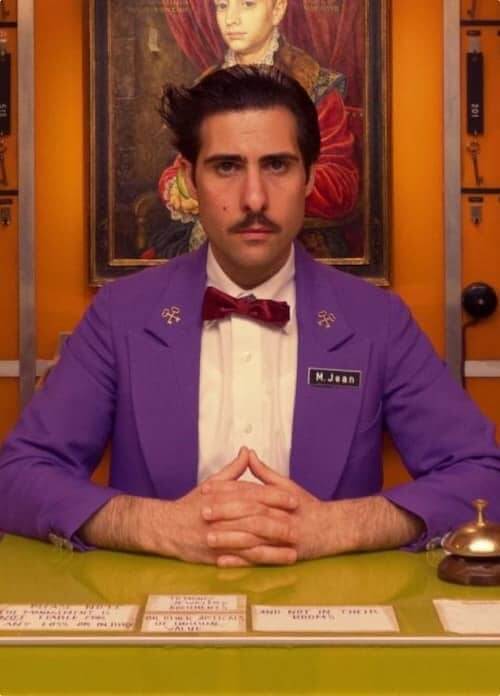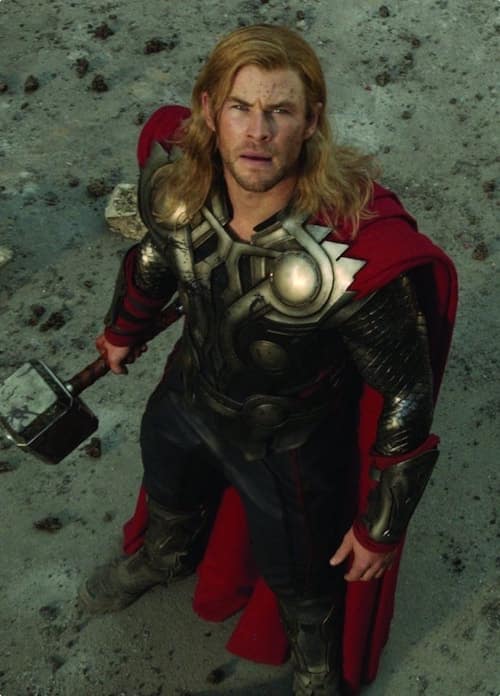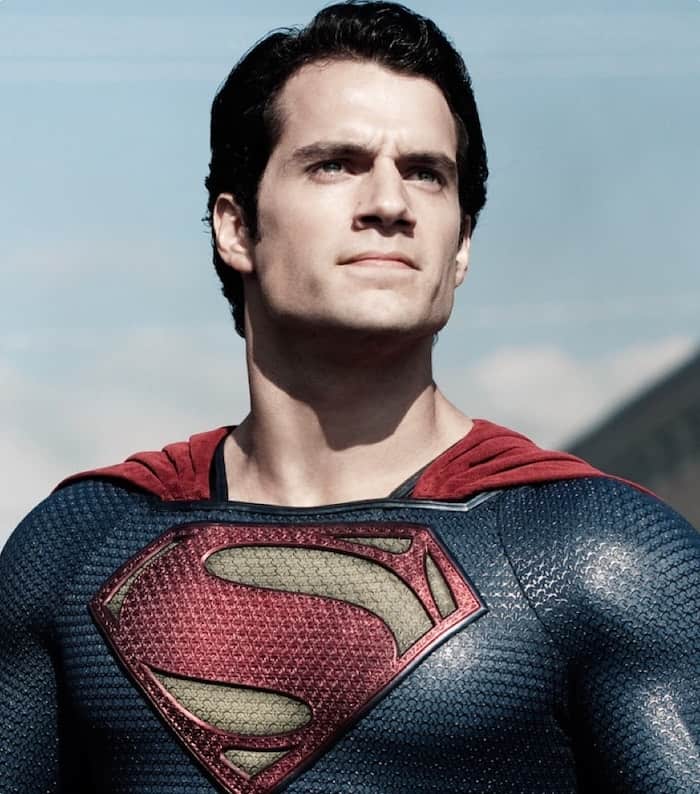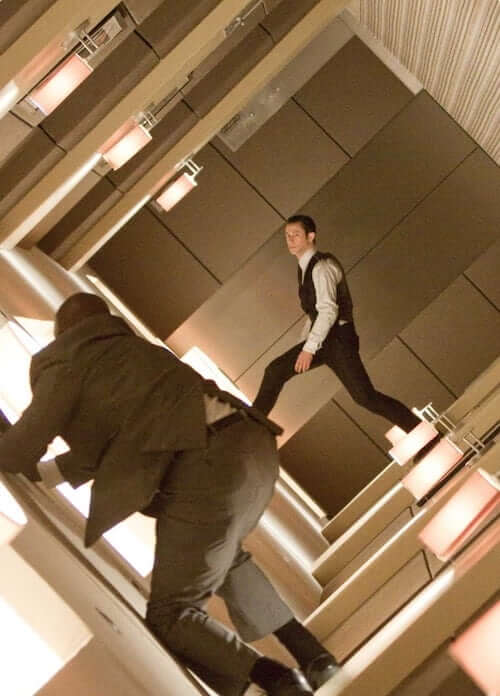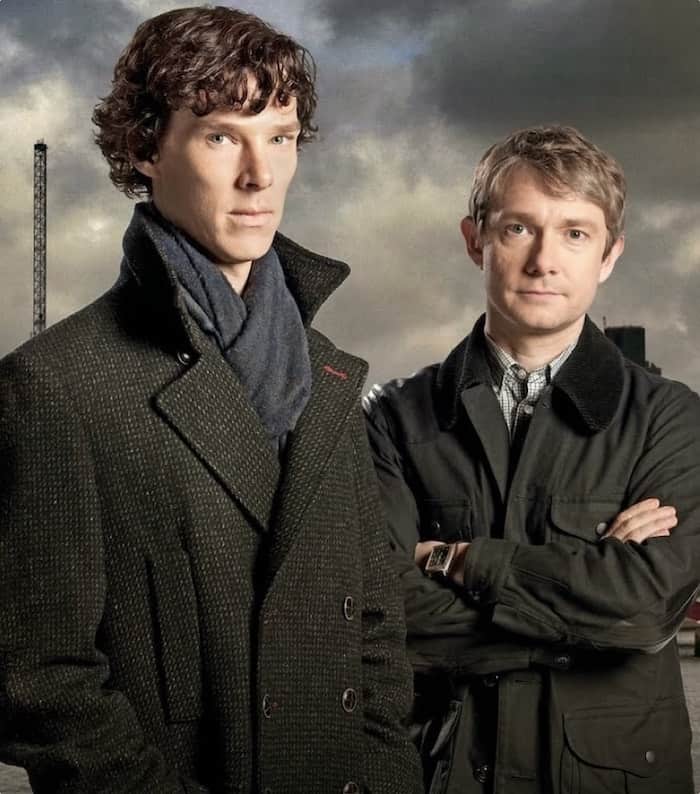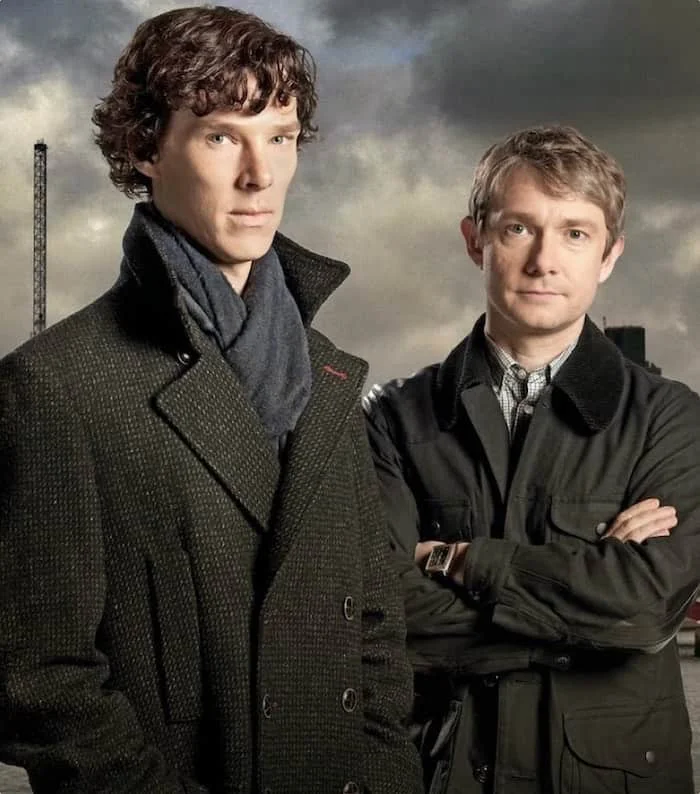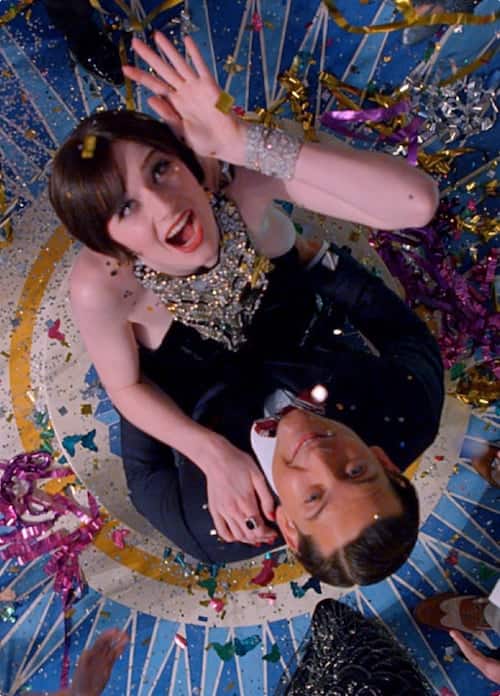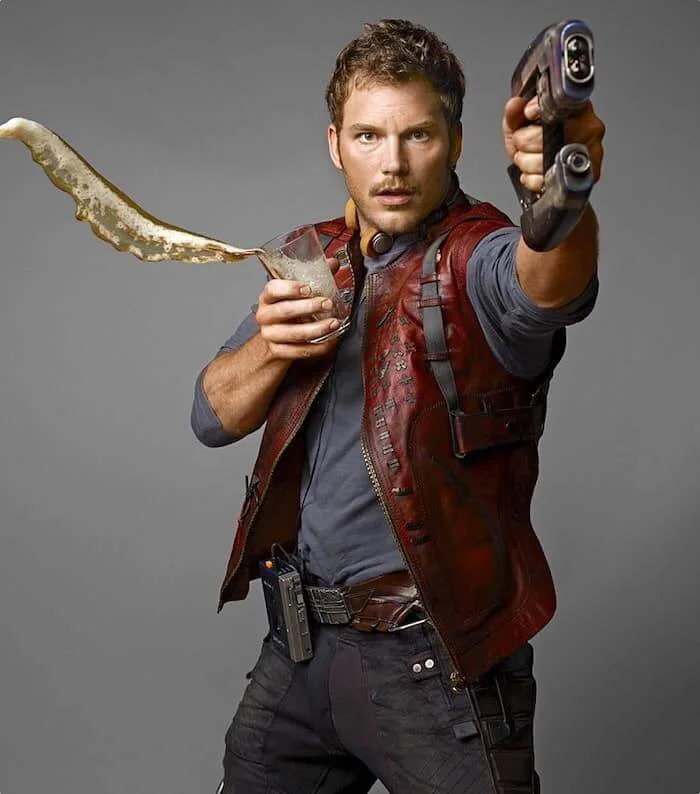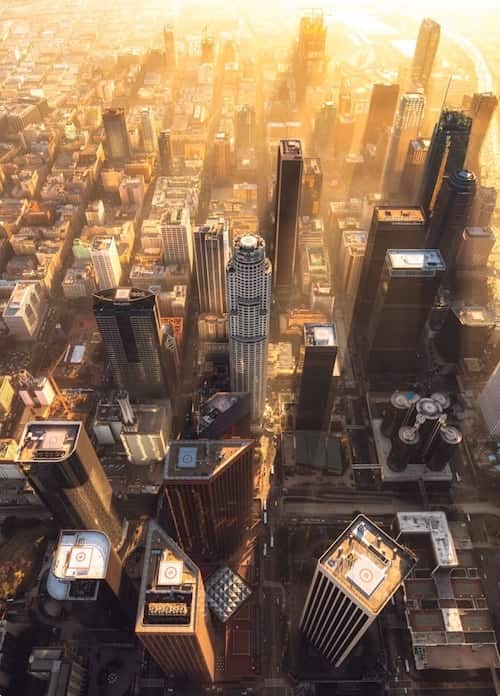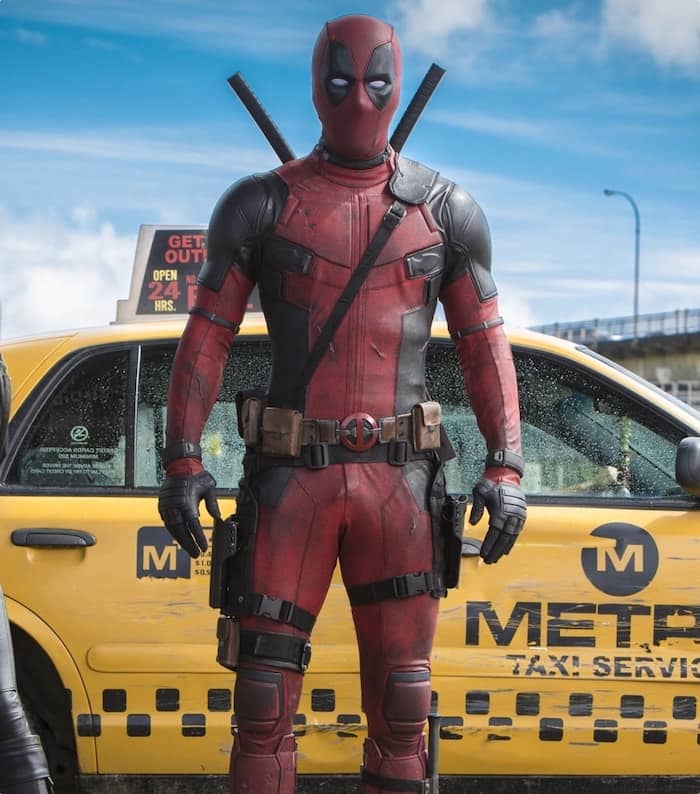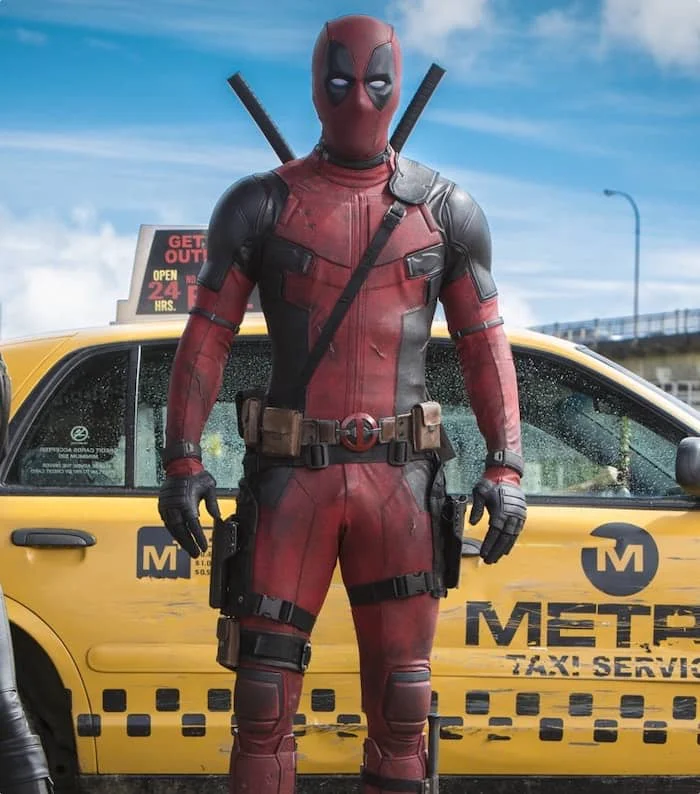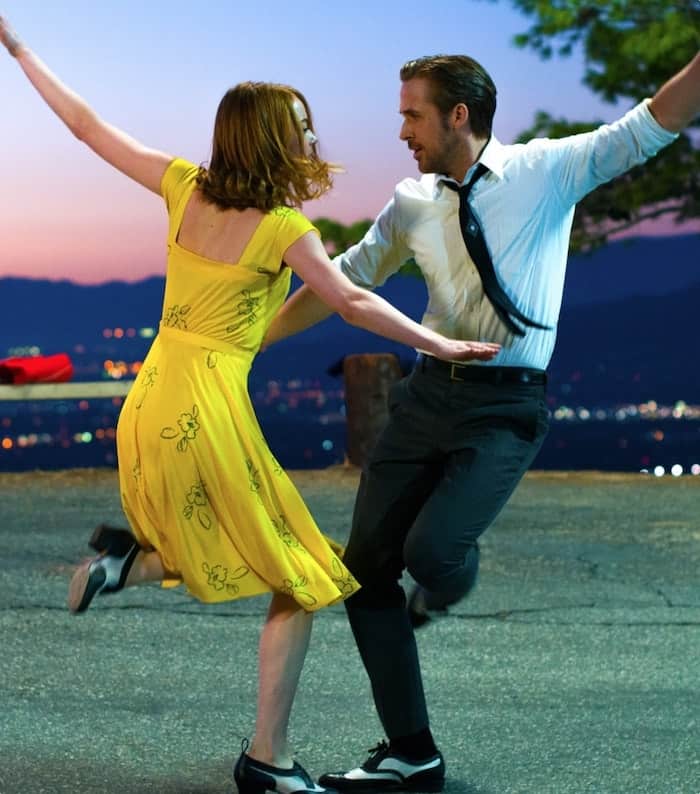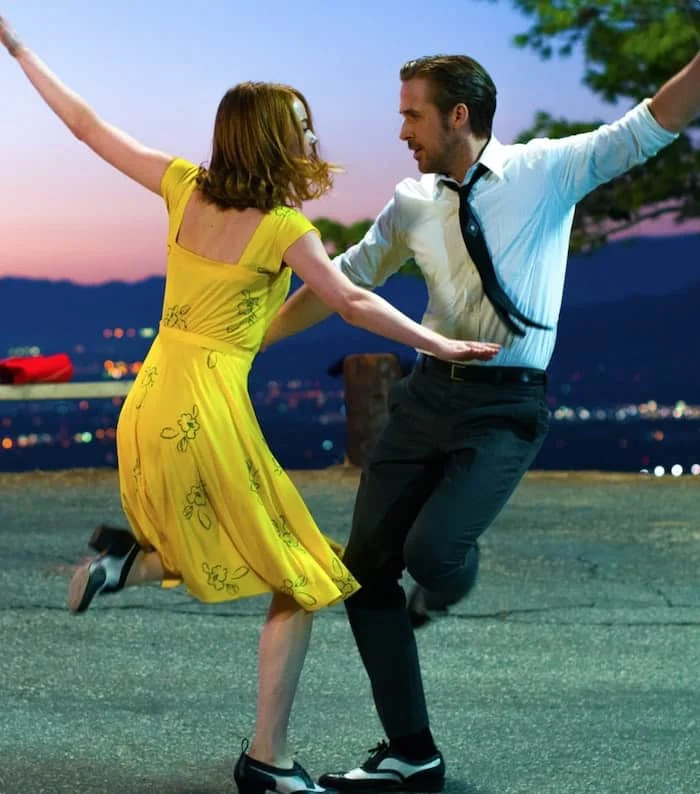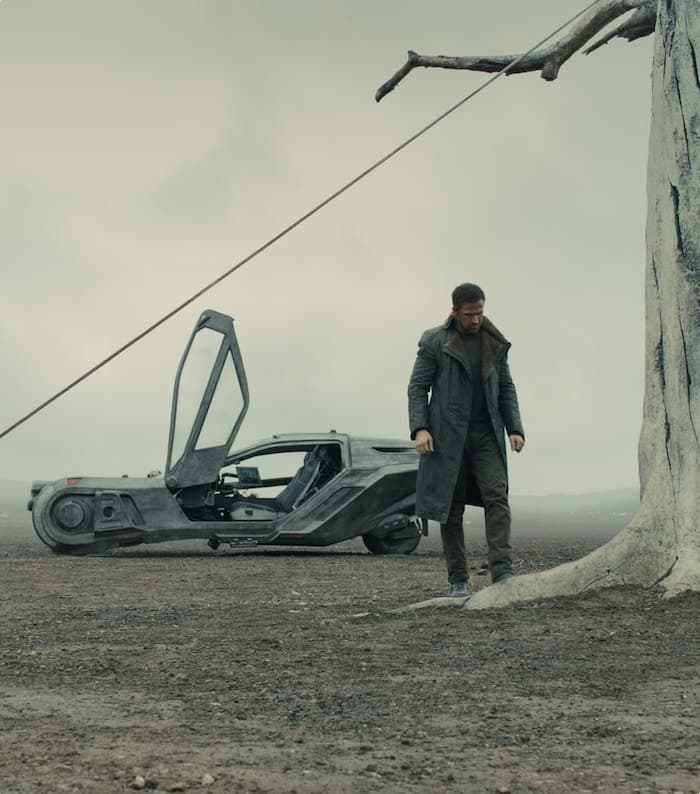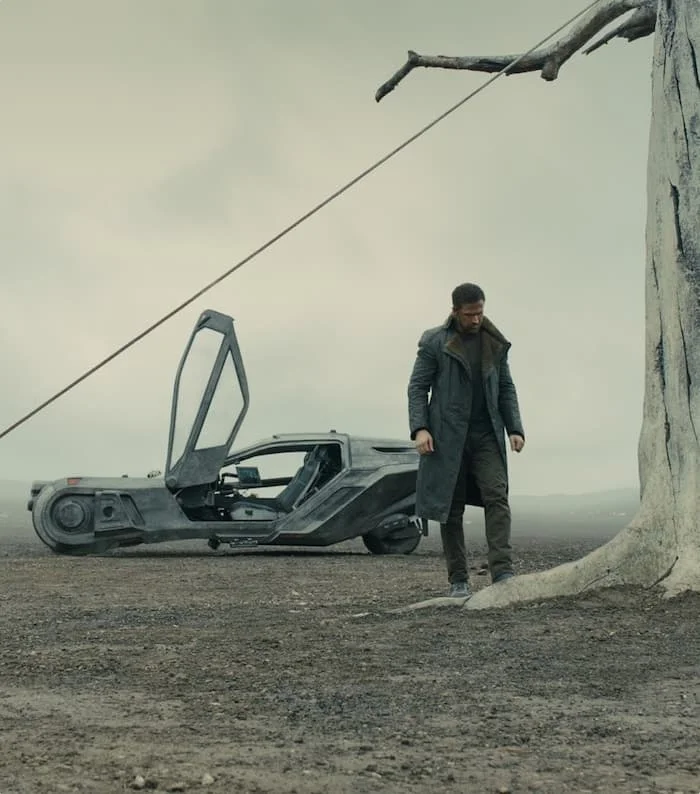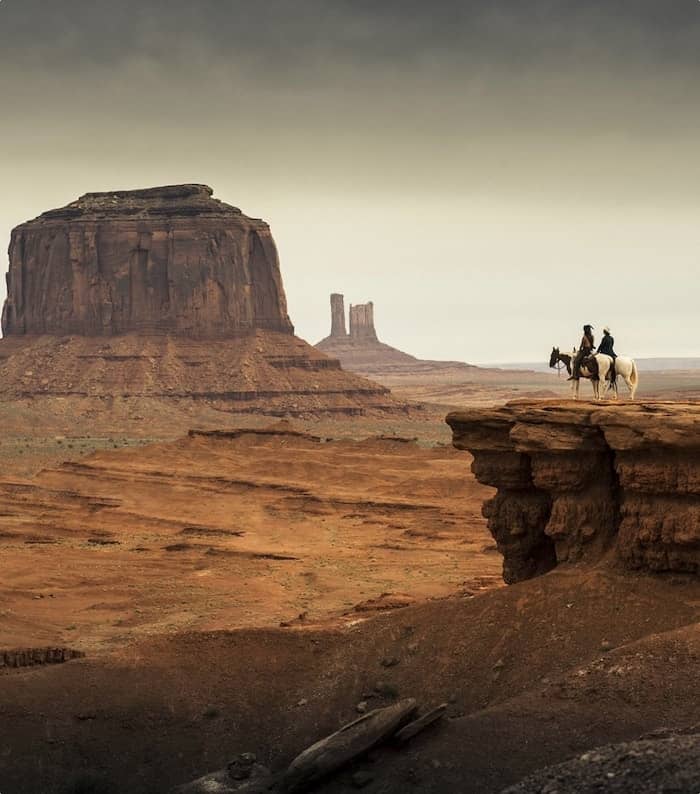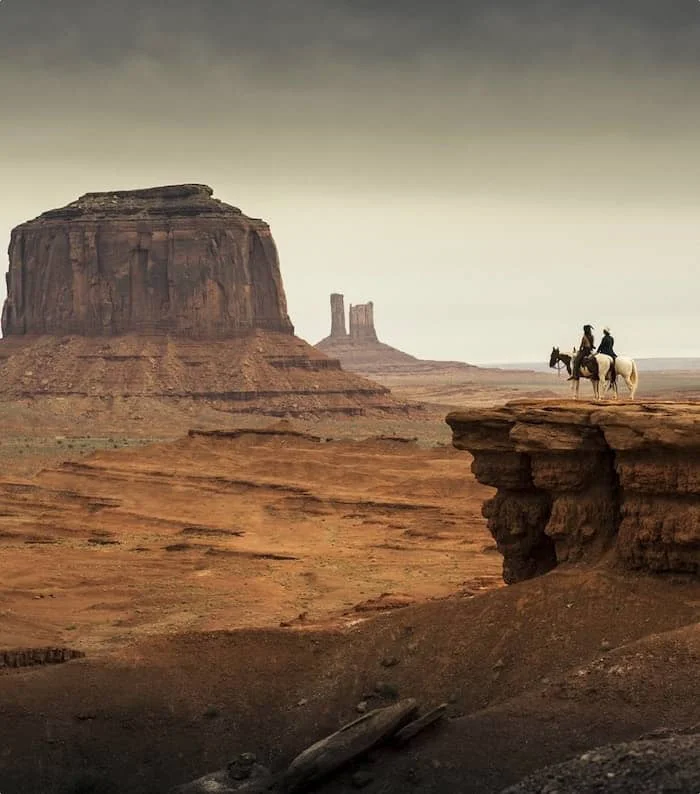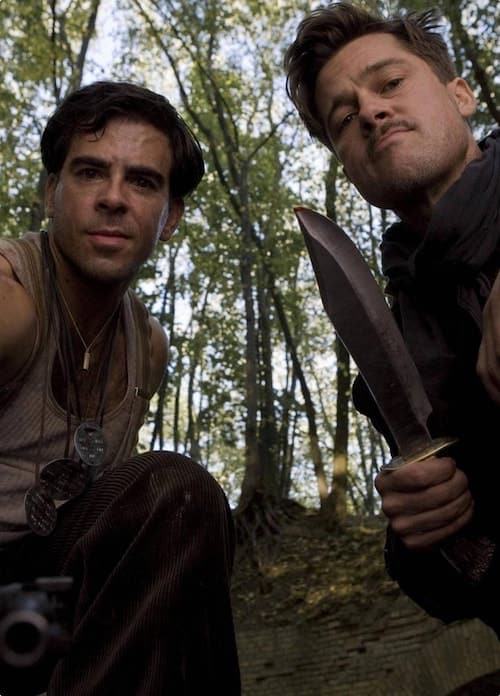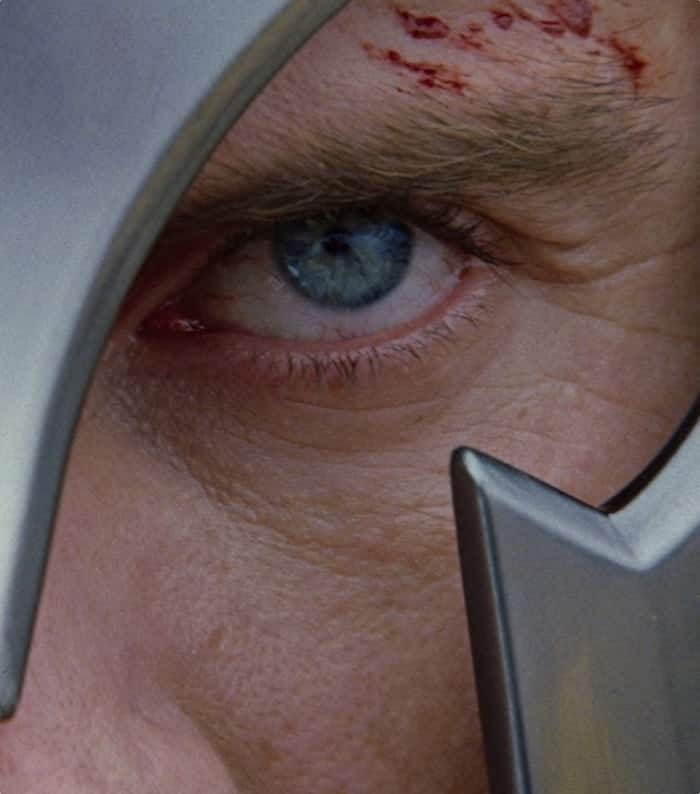A Close-up shot is one of the most commonly used shot sizes in film and television, but there are ways to make your close-ups extraordinary. It may be when you decide to use them in your story, or how you angle your camera to get an added emotional effect, or by surrounding them with varying shot sizes. In this post, we’ll break it down for you.
Camera Shots Explained
The power of the close-up shot in film
The close-up is a shot often taken at relatively close range on a longer lens. The benefit of the close up is that it gives us a detailed and intimate look we might normally miss.
The close up in film and television allowed for a revolutionary new approach to acting and performing, since even the slightest glance and facial movement could convey meaning.
Before the close up existed, all performance was done on a stage and required larger movements to send any sort of message.
CLOSE-UP SHOT DEFINITION
What is a close-up shot?
A close-up shot is a photograph or movie shot taken of a subject or object at close range intended to show greater detail to the viewer. If the subject is a person, the close-up starts at the shoulders and ends at the top of the head. You should be able to recognize the imagery in the frame, and if the close-up is on an actor, there will be a much more significant emotional connection between your viewer and the subject or object featured in the shot. Close-up shots signal to the audience that something is important, and this can be a prop or reaction, but often it is best when the subject or object has a significant influence on the story and the viewers understanding of your story.
Why use a close-up shot?
- Generate strong emotions
- Signal something important
- Show an actors facial expressions
Before we get too deep into how close-ups work, let's take a look at the entire spectrum of shot sizes. Each size has a function and purpose so the sooner we understand how they all work together, the better shot lists we can make — and the better scenes we can shoot.
All shot sizes explained • Subscribe on YouTube
CLOSE-UP SHOTS
Why use a close up shot?
So we've defined close-up, but chances are you already knew a little bit about the shot and how it looked. The real questions are why you use it, and when?
A lot of cinema has been about displaying grandeur and scope. Taking audiences place they could never go. But the close-up was that intimate tool to help relate the story back to the audience.
Here's another video breakdown of how, why and when to use a close-up.
Close-up Shots Explained • Subscribe on YouTube
In a way, the close-up shot is a mirror the filmmaker holds up to the audience. We see ourselves reflected back in the characters.
We see the world and the events of their story through their eyes. Or they can help us understand a character’s frustration with the moment. We can use the close up to identify when someone has lost their mind:
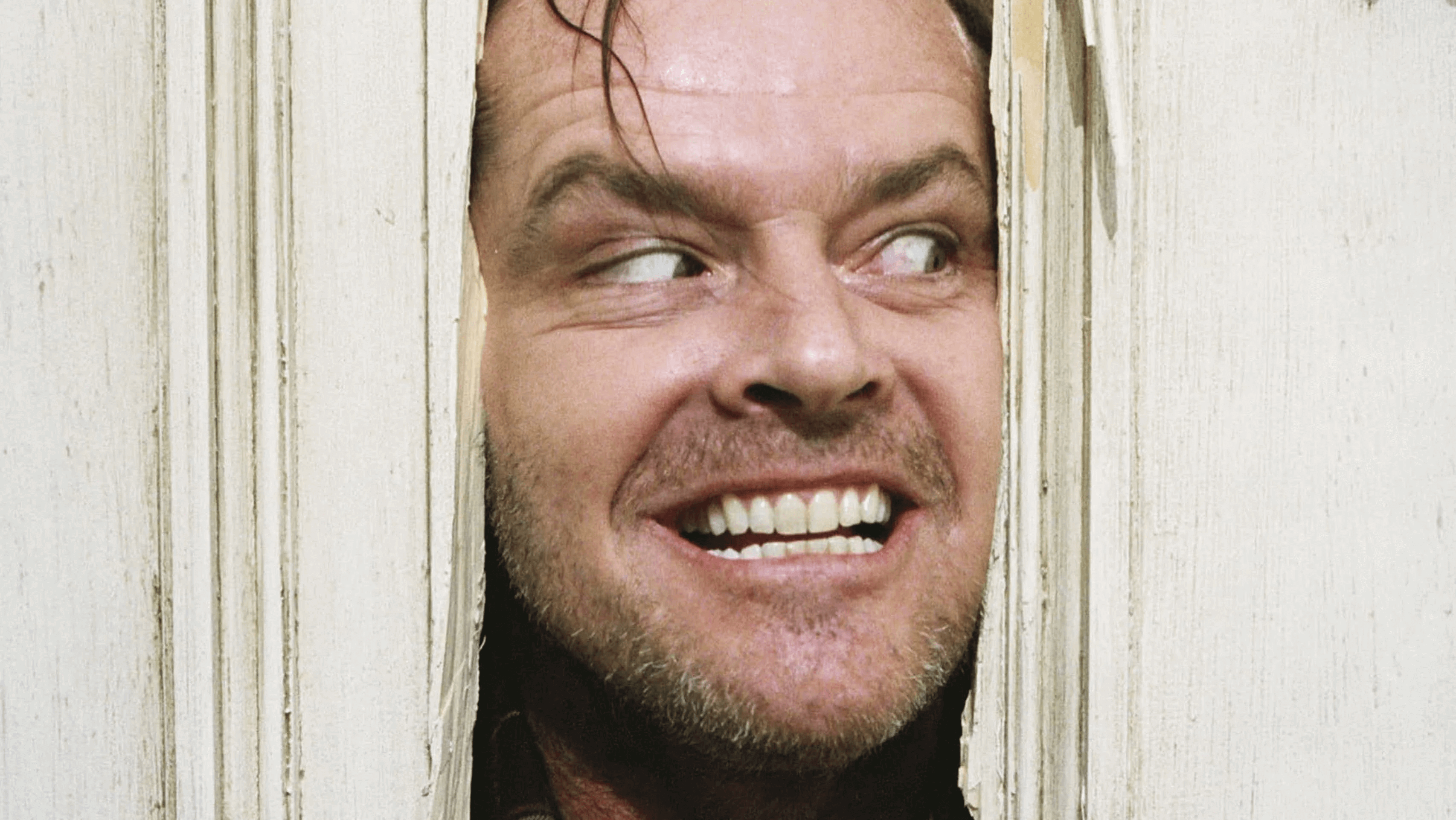
Here's... a close up shot!
Whiplash uses close up shots to create an intimacy between characters.
This intimacy throughout the movie drives us toward the climax.

Close-up shot in Whiplash
Directors have been using close ups on faces since some of the first movies ever made. But there’s only one director whose lasting impact on film can be defined with the close up. His name has become a kind of close-up!
Can you guess who?
THE SPIELBERG FACE CLOSE UP
The Spielberg face is usually a slow dolly, or pan, in on a character’s face as they stare in wonderment at something off screen. You've seen it. A lot.
Spielberg faces in all their spleandor
He moves the camera fluidly, and his movies are full of awe inspiring moments.
But you don't get to be a great filmmaker without perfecting both the various compositions and proper usage of the close up.
Spielberg is great at getting the audience to bend to his will when it comes to emotional content. These shots also depend on your ability to either cast really well, or be able to direct your actors in a way that gets the correct performance.
Here's a helpful tip for directing actors on camera:
Get Cinematic John Swanbeck
Film acting and stage acting are very different. This is especially true when in a close-up. Think about some of the performances you've seen that didn't work.
Why was that?
It's more than just acting or the writing, but also the directing choices with the camera, how certain moment were poorly represented by the shot choice or maybe how big the actor played a scene in a close up.
Watch this scene from L.A. Confidential and pay attention to how the close-up is used to great effect. Note where and when in the scene we get them and how they create meaning in the scene.
Think about the acting in this close up
This is a really cool action scene that ends in a close-up.
I want you to pay attention to the acting, framing, head room, camera movement, and how all of these choices added up to one of the best moments in cinema.
You could have ended this scene a hundred different ways...
I think director Curtis Hanson choose wisely in L.A. Confidential.
Camera Shots
Get Inspired. Explore More Shots.
Master every shot size, and learn how to combine them with angles and movements to take your filmmaking to the next level.
Close Up Shots
Medium Shots
Wide Shots
THE “INSERT” CLOSE UP SHOT
The insert shot refers to a close up that can function as exposition in your story. It moves the plot forward or highlights an important detail the audience needs to know so they better understand the moment in the film.
They answer important questions visually.
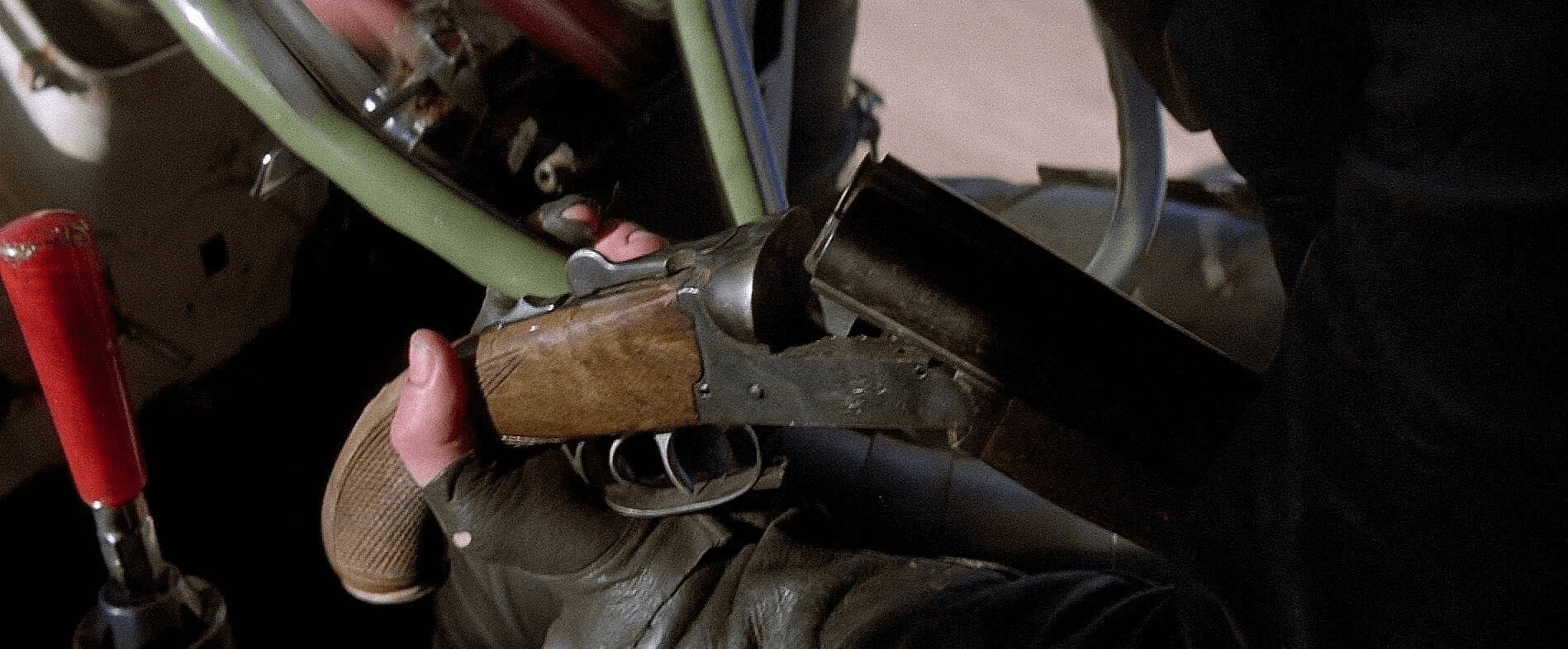

Or how do we know the extent of Rey's Jedi powers in The Last Jedi?
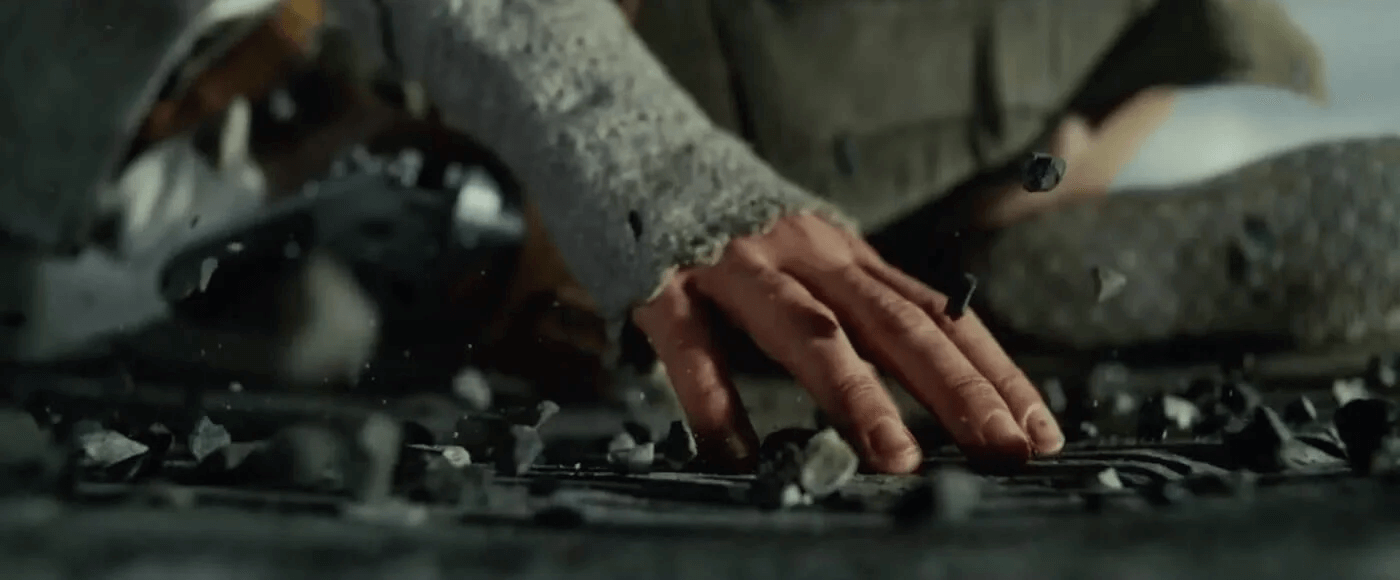

Or where did a serial killer get his name?
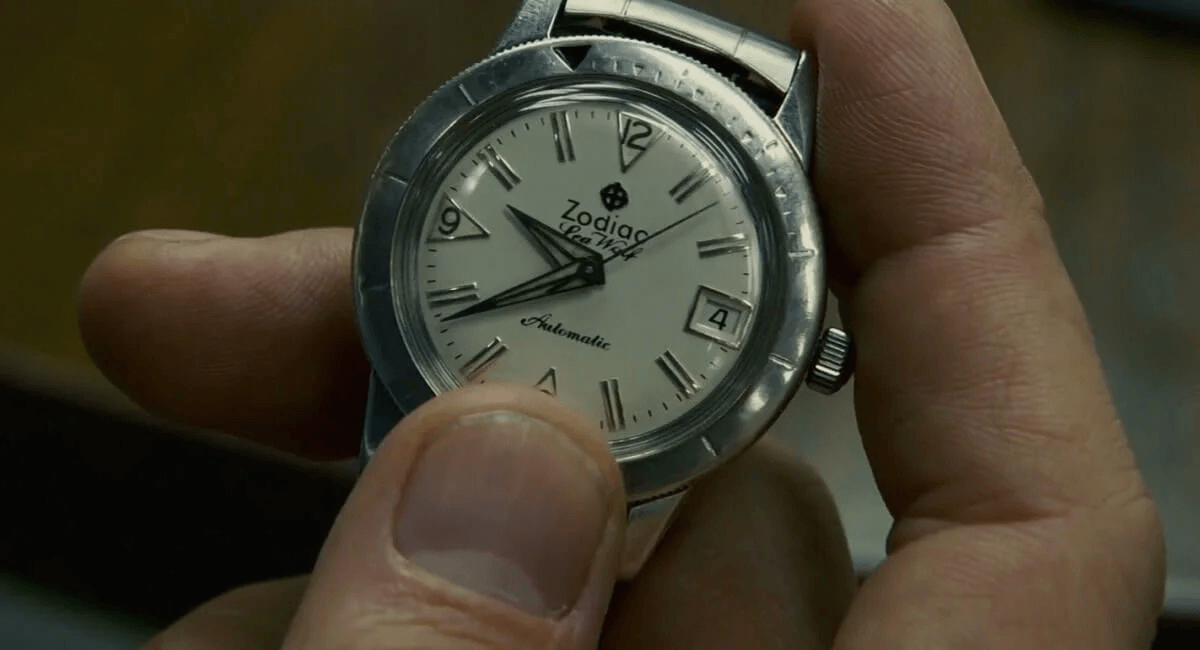

The insert shot can be used in conjunction with a close up of a characters face to accentuate a reaction. Answer the question in an insert, then show the characters emotional reaction to the new data.
Look how Sergio Leone uses the close up juxtaposed with the insert shot to create a tense mood at the end of The Good, The Bad, and The Ugly.
The quick cuts and close ups keep the audience feeling the peril of the situation. The pressure each man feels to reach for his gun intensifies.
SHOT LIST THE CLOSE-UP
How to shot list with close-ups
Now we've started to build scenes around those important moments, and we know that we will be in a close-up when we show that moment.
Now it is time to shot list your scene out to get the best result.
StudioBinder shot list feature
Think about the rest of your scene.
How much of a shift occurs?
Are the stakes raised at any point?
If you want to really surprise your audience, perhaps it is best to surround your close-up shots with full shots so that the sudden change to a close-up is clear.
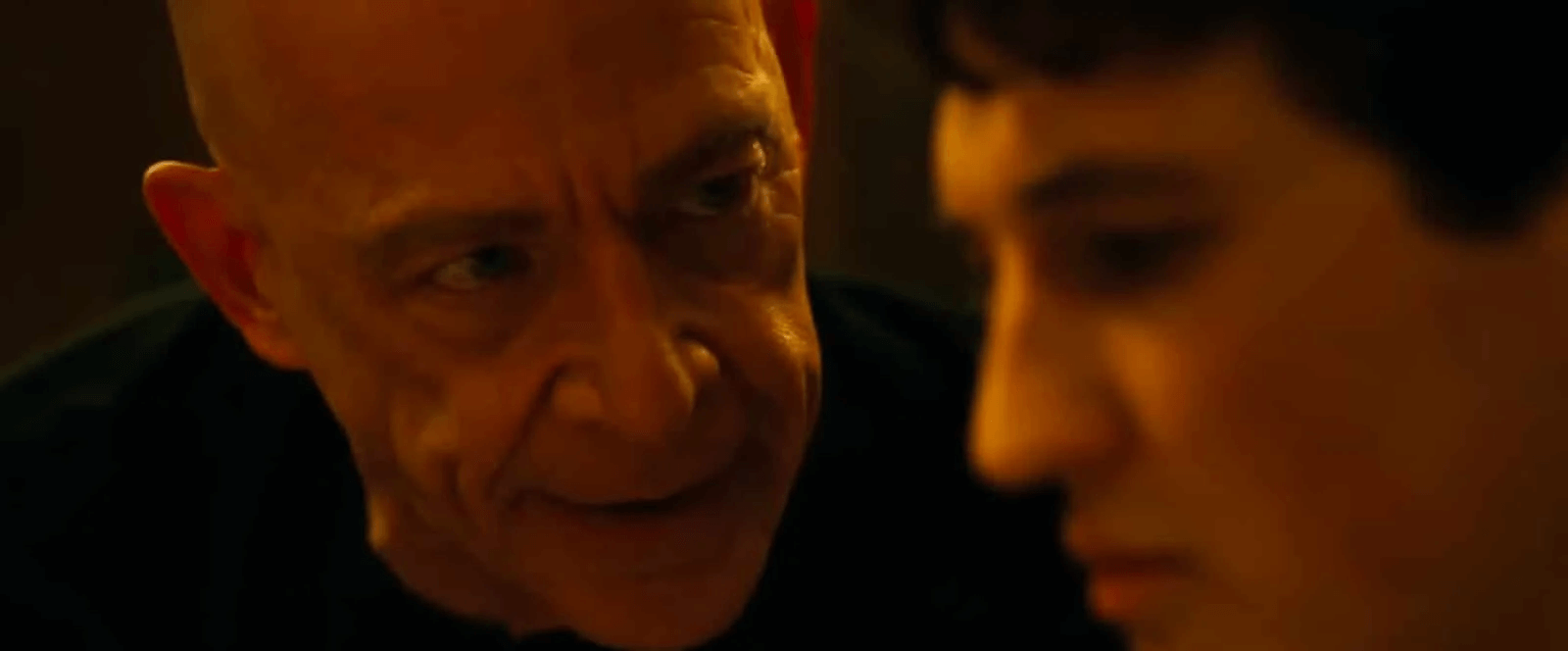

A close-up that is also a 2-shot
Or maybe you want a bit of elegance, so you'll use a more gradual approach.
Every combination of shots creates a different feeling in the audience.
The order of the shots tells the story - it creates meaning.
Camera Shots
Get Inspired. Explore More Shots.
Master every shot size, and learn how to combine them with angles and movements to take your filmmaking to the next level.
Close Up Shots
Medium Shots
Wide Shots
UP NEXT
The Medium Shot
Now you know more about the close-up shot, and how to apply it to your next shot list and project. Now it is time to move up a size and check out our post on The Medium Shot: Examples of Camera Shots.
Up Next: The Medium Shot →
Showcase your vision with elegant shot lists and storyboards.
Create robust and customizable shot lists. Upload images to make storyboards and slideshows.

